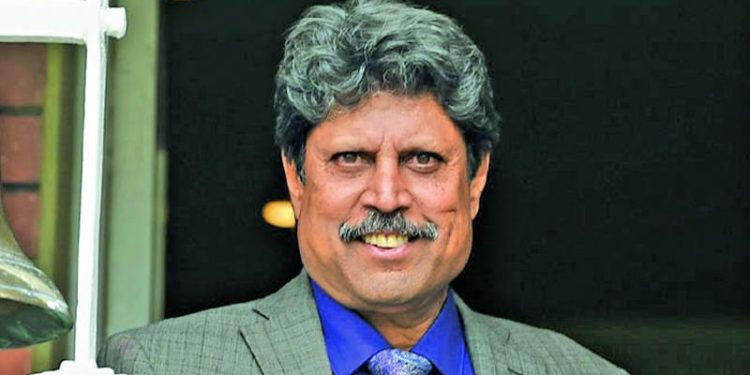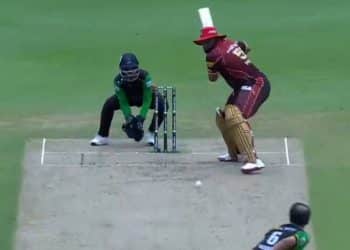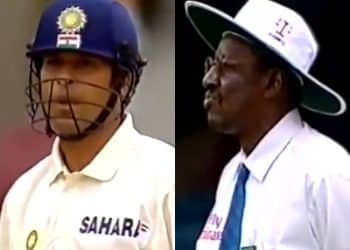Kapil Dev’s 175 against Zimbabwe during the 1983 Cricket World Cup stands as one of the greatest innings in the history of one-day cricket. It was not just an innings; it was considered folklore back then. It is the kind of story that sounds made up if you didn’t know it was true because of the manner in which he paced up the innings.
Let’s learn about the legendary Kapil Dev’s 175 not-out innings in detail. Played at the quiet English ground of Tunbridge Wells, this knock was a rescue act and a defining moment in Indian cricket. At a time when India was teetering on the edge of a humiliating defeat, the Chandigarh-born walked in under pressure, with his team reeling at 17 for the loss of 5 wickets.
Kapil Dev’s 175 Not Out: India’s Most Important ODI Innings Ever?
At that moment, it felt like everything was crumbling for India. Nevertheless, something extraordinary happened as Kapil Dev scripted a comeback that would become the stuff of legends. Even now, his innings is being talked about, and it lives vividly in the minds of cricket fans across generations. It was such a heroic effort that it not only saved the match but also kept India alive in a tournament they were never expected to win.
Kapil Dev’s 175 runs came from just 138 balls. He hammered many as 16 fours and 6 maximums, at a sensational strike rate of 126.81. India came into this match not as favourites, not even close. And early in the game at Tunbridge Wells, disaster had already struck. Sunil Gavaskar, the most dependable batter in the side, was dismissed off the second ball for an LBW off Rawson’s bowling.
Kris Srikkanth followed soon after as he fell prey to Curran’s bowling. Then Rawson struck again by dismissing India’s Mohinder Amarnath. Curran went on to dismiss Sandeep Patil, and India were reeling at 9/4. At that moment, India’s World Cup hopes teetered on the edge.
It was when the captain, Kapil Dev, walked out to bat, and most importantly, it was the last hope. Yashpal Sharma fell prey to Rawson’s bowling, but Kapil found brief partnerships with Roger Binny (60 runs together) and Madan Lal (62 runs). Neither Binny nor Lal were frontline batters, but Kapil turned them into perfect allies, like rotating strikes and finding boundaries when needed.
When Syed Kirmani joined Kapil at 140/8, India’s survival chances still looked grim. But something shifted. Kapil, who was well set, sensed an opportunity to take the attack to the cleaners. He played a fearless brand of cricket when Zimbabwe’s bowling was beginning to show signs of fatigue, and their captain, Duncan Fletcher, lacked the resources to pin down the well-set Kapil.
Kapil Dev scored a hundred runs in fours and sixes alone, and what really makes this knock so special is that it didn’t come in the age of power plays or field restrictions.
The captain reached his century in 72 balls, and there was no stopping him. With Kirmani holding up one end, Kapil launched a counterattack that saw India finish at 266/8 in 60 overs. From 17/5 to 266, it was a recovery for the ages. Teammates speak of watching Kapil Dev’s 175 in awe. Spectators recall it like witnessing a miracle. The scoreboard alone couldn’t do justice to the drama and emotion Kapil’s knock carried.
India went on to defend that total, beating Zimbabwe by 31 runs and keeping their World Cup hopes alive. The momentum carried into the next match as India thrashed Australia by 118 runs. After that, India headed into the semi-final, where they beat England by six wickets to go to the final.
Kapil Dev’s Indian side would go on to beat the mighty West Indies at Lord’s to lift their first-ever World Cup trophy. It was a victory that changed Indian cricket forever. But none of it, not the final, not the victory parade, not the celebrations would have happened without Kapil Dev’s miracle at Tunbridge Wells.

















